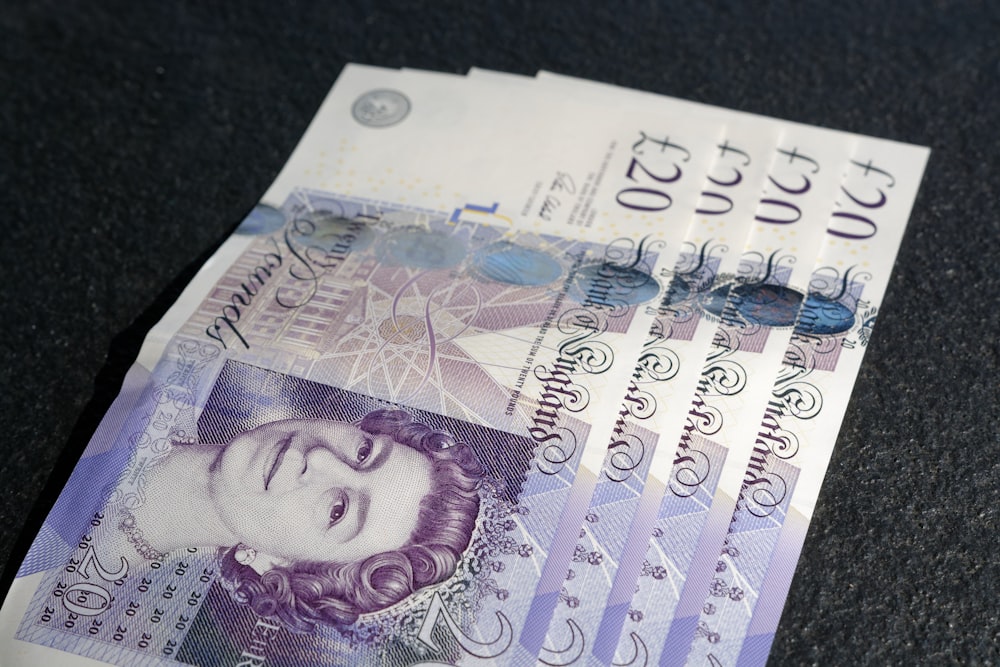Follow the 50, 30, 20 rule to budget your money using a simple and popular method.
What is the 50 / 30 / 20 budgeting method
This method allows you to categorise your spending into 3 main categories:
| Amount | Spend on.. |
| 50% | Your needs – rent, bills, mortgage, groceries |
| 30% | Your wants – holidays, socialising |
| 20% | Saving / investing – pay off debt, credit cards |
Lets see this method being used in an example. Pretend you bring home £1,000 on a monthly basis:
- £500 – your needs
- £300 – your wants
- £200 – saving / investing / paying off debt
It is important to note that the amounts stated in this method are just a guide and as it is your budget, you can decide the % that you allocate your money. Just take these percentages as a guide! The amounts could also fluctuate depending on factors such as a business or side hustle income.
This method will benefit those who want to cut back on expenses or want to save for a particular goal.

How to use the 50 30 20 budget method
Follow these 4 simple steps to implement the 50 30 20 budget method:
1. Calculate monthly income
Calculate the amount of money that will reach your account when tax, pension contributions, student loan etc. are deducted.
The good thing about this budgeting method is that if you income varies on a monthly or weekly basis you can adapt your budget to accommodate these changes.
2. Set your category percentages
Split your income between the 3 different categories. You may want to stick to the 50, 30, 20% splits or adapt these to meet your needs and targets.
For example if you have already saved for your holiday (wants) you can potentially invest or save more than the 20%.
3. Set your budget
You can further break down each of the 3 categories into smaller categories such as having headings and setting specific amounts for groceries, transport, bills etc. This will allow you to know exactly where your money should be going in each budget.
4. Follow your budget!
The hard bit – following the budget. Remember to track all your expenses so you know where your money goes.
At the end of the month review how your budget went that month – for example are there any categories you over spent in? Does this mean you need to adjust your category percentages? Assessing your budget is especially key for when you are new to budgeting.

- Just one of the many methods you can use to budget. Do note this budget may not work for you, so do check other budgeting methods such as 80/20 or 70/20/10
- A grey area for this budgeting type is some categories may overlap. For example your grocery shop may cover needs as well as wants – such as food items you have brought as a treat. More over, 20% invested or saved may be seen as too much or too little or some individuals, depending on individual circumstances
- The percentage may fluctuate depending on your personal circumstances such as income and can even change on a monthly basis.
Do you use the 50 30 20 budget method, or any other budgeting methods?
One comment